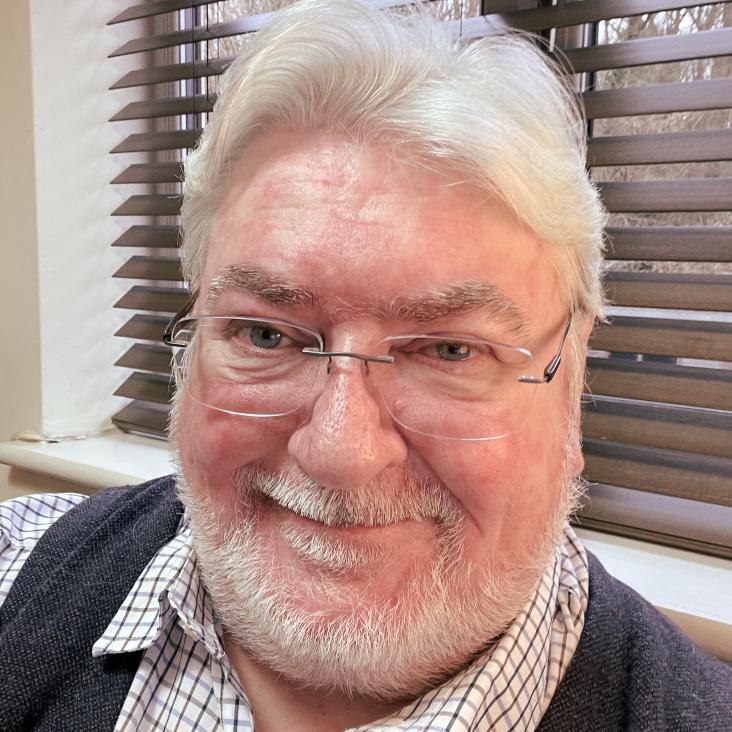The MeerKAT International GHz tiered Extragalactic Exploration (MIGHTEE) survey
Proceedings of Science Proceedings of Science (2016)
Abstract:
The MIGHTEE large survey project will survey four of the most well-studied extragalactic deep fields, totalling 20 square degrees to $\mu$Jy sensitivity at Giga-Hertz frequencies, as well as an ultra-deep image of a single ~1 square degree MeerKAT pointing. The observations will provide radio continuum, spectral line and polarisation information. As such, MIGHTEE, along with the excellent multi-wavelength data already available in these deep fields, will allow a range of science to be achieved. Specifically, MIGHTEE is designed to significantly enhance our understanding of, (i) the evolution of AGN and star-formation activity over cosmic time, as a function of stellar mass and environment, free of dust obscuration; (ii) the evolution of neutral hydrogen in the Universe and how this neutral gas eventually turns into stars after moving through the molecular phase, and how efficiently this can fuel AGN activity; (iii) the properties of cosmic magnetic fields and how they evolve in clusters, filaments and galaxies. MIGHTEE will reach similar depth to the planned SKA all-sky survey, and thus will provide a pilot to the cosmology experiments that will be carried out by the SKA over a much larger survey volume.The MeerKAT international GHz tiered extragalactic exploration (MIGHTEE) survey
Proceedings of Science (2016)
Abstract:
The MIGHTEE large survey project will survey four of the most well-studied extragalactic deep fields, totalling 20 square degrees to µJy sensitivity at Giga-Hertz frequencies, as well as an ultra-deep image of a single ∼1 deg2 MeerKAT pointing. The observations will provide radio continuum, spectral line and polarisation information. As such, MIGHTEE, along with the excellent multi-wavelength data already available in these deep fields, will allow a range of science to be achieved. Specifically, MIGHTEE is designed to significantly enhance our understanding of, (i) the evolution of AGN and star-formation activity over cosmic time, as a function of stellar mass and environment, free of dust obscuration; (ii) the evolution of neutral hydrogen in the Universe and how this neutral gas eventually turns into stars after moving through the molecular phase, and how efficiently this can fuel AGN activity; (iii) the properties of cosmic magnetic fields and how they evolve in clusters, filaments and galaxies. MIGHTEE will reach similar depth to the planned SKA all-sky survey, and thus will provide a pilot to the cosmology experiments that will be carried out by the SKA over a much larger survey volume.New constraints on the structure and dynamics of black hole jets
Monthly Notices of the Royal Astronomical Society Oxford University Press (OUP) 453:4 (2015) 4070-4088
Radio Galaxy Zoo: host galaxies and radio morphologies derived from visual inspection
Monthly Notices of the Royal Astronomical Society Oxford University Press 453:3 (2015) 2326-2340
Abstract:
We present results from the first twelve months of operation of Radio Galaxy Zoo, which upon completion will enable visual inspection of over 170,000 radio sources to determine the host galaxy of the radio emission and the radio morphology. Radio Galaxy Zoo uses $1.4\,$GHz radio images from both the Faint Images of the Radio Sky at Twenty Centimeters (FIRST) and the Australia Telescope Large Area Survey (ATLAS) in combination with mid-infrared images at $3.4\,\mu$m from the {\it Wide-field Infrared Survey Explorer} (WISE) and at $3.6\,\mu$m from the {\it Spitzer Space Telescope}. We present the early analysis of the WISE mid-infrared colours of the host galaxies. For images in which there is $>\,75\%$ consensus among the Radio Galaxy Zoo cross-identifications, the project participants are as effective as the science experts at identifying the host galaxies. The majority of the identified host galaxies reside in the mid-infrared colour space dominated by elliptical galaxies, quasi-stellar objects (QSOs), and luminous infrared radio galaxies (LIRGs). We also find a distinct population of Radio Galaxy Zoo host galaxies residing in a redder mid-infrared colour space consisting of star-forming galaxies and/or dust-enhanced non star-forming galaxies consistent with a scenario of merger-driven active galactic nuclei (AGN) formation. The completion of the full Radio Galaxy Zoo project will measure the relative populations of these hosts as a function of radio morphology and power while providing an avenue for the identification of rare and extreme radio structures. Currently, we are investigating candidates for radio galaxies with extreme morphologies, such as giant radio galaxies, late-type host galaxies with extended radio emission, and hybrid morphology radio sources.Redshift measurement of Fermi Blazars for the Cherenkov Telescope Array
(2015)


